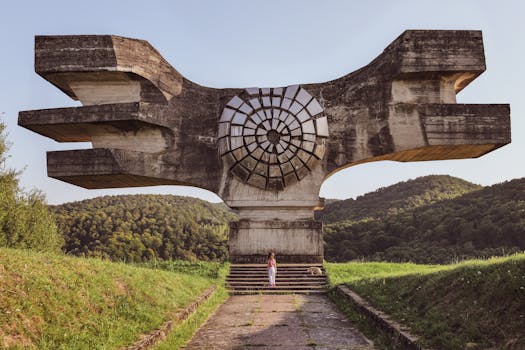
Traveling Through Time: How Europe’s Historical Heritage Shapes Modern Lifestyles in 2025
Traveling Through Time: How Europe’s Historical Heritage Shapes Modern Lifestyles in 2025. Europe, a continent steeped in history and tradition, has a unique ability to blend the old with the new. From the ancient ruins of Greece and Rome to the modern cities of London and Paris, Europe’s historical heritage continues to shape modern lifestyles in profound ways. In this article, we will explore the various ways in which Europe’s rich history influences contemporary culture, architecture, and lifestyle.
Introduction to Europe’s Historical Heritage
Europe’s historical heritage is a treasure trove of cultural, architectural, and artistic riches. The continent is home to some of the world’s most famous landmarks, such as the Eiffel Tower, the Colosseum, and Big Ben. These iconic structures not only attract millions of tourists each year but also serve as a reminder of Europe’s complex and fascinating history. From the Renaissance to the Industrial Revolution, Europe has been at the forefront of human innovation and progress.
The Influence of Historical Heritage on Modern Lifestyles
So, how does Europe’s historical heritage shape modern lifestyles? One of the most significant ways is through architecture. Many European cities have preserved their historical buildings and incorporated them into modern urban landscapes. For example, the ancient city of Rome is home to numerous historical landmarks, including the Colosseum and the Pantheon. These structures have been beautifully restored and now serve as popular tourist destinations and cultural icons.
In addition to architecture, Europe’s historical heritage also influences modern lifestyles through art and culture. The continent is home to some of the world’s most famous museums, such as the Louvre in Paris and the Uffizi Gallery in Florence. These museums showcase an incredible array of artistic treasures, from Leonardo da Vinci’s Mona Lisa to Michelangelo’s David. Europe’s rich cultural heritage has also given rise to a vibrant contemporary art scene, with many modern artists drawing inspiration from the continent’s historical masters.
Food, Wine, and Cuisine: A Taste of Europe’s Historical Heritage
Food, wine, and cuisine are also essential components of Europe’s historical heritage. The continent is famous for its diverse and delicious culinary traditions, from Italian pasta and pizza to French escargots and croissants. Many of these dishes have their roots in medieval times, when food was a symbol of wealth and status. Today, European cuisine continues to evolve, with modern chefs incorporating historical ingredients and techniques into innovative new dishes.
Conclusion: The Enduring Legacy of Europe’s Historical Heritage
In conclusion, Europe’s historical heritage continues to shape modern lifestyles in profound and lasting ways. From architecture to art, and culture to cuisine, the continent’s rich history has given rise to a unique and fascinating cultural landscape. As we travel through time and explore Europe’s many historical treasures, we are reminded of the enduring legacy of the past and its continued influence on our modern world.
Whether you are a history buff, a foodie, or simply a curious traveler, Europe has something to offer everyone. So why not embark on a journey through time and discover the many wonders of Europe’s historical heritage? With its incredible array of cultural, artistic, and culinary riches, Europe is a continent that will leave you in awe and inspire you to explore its many treasures.





